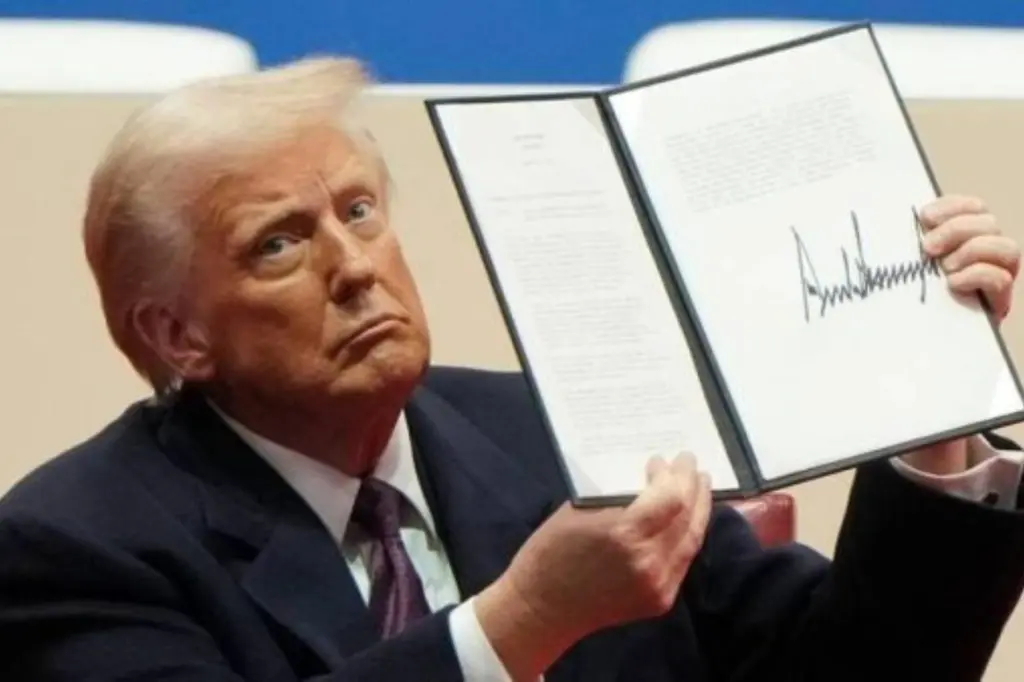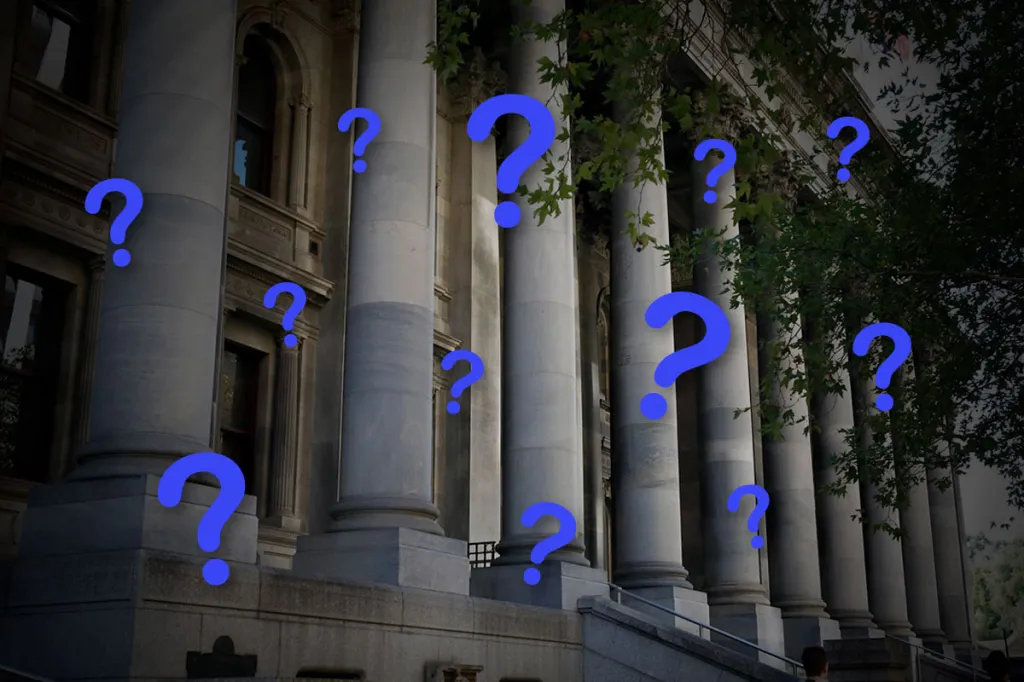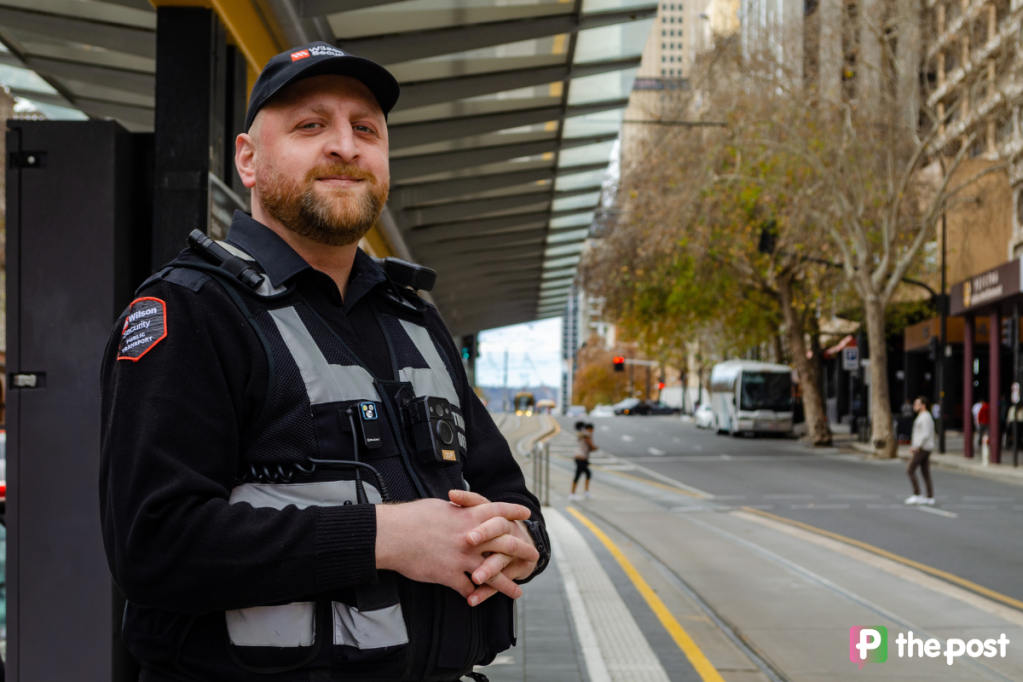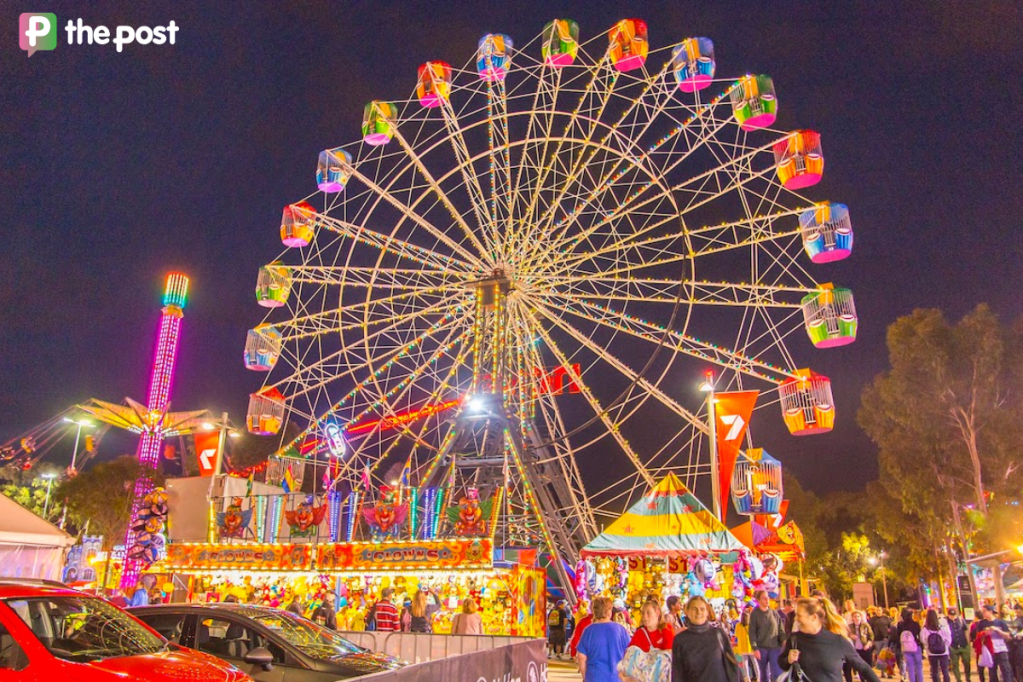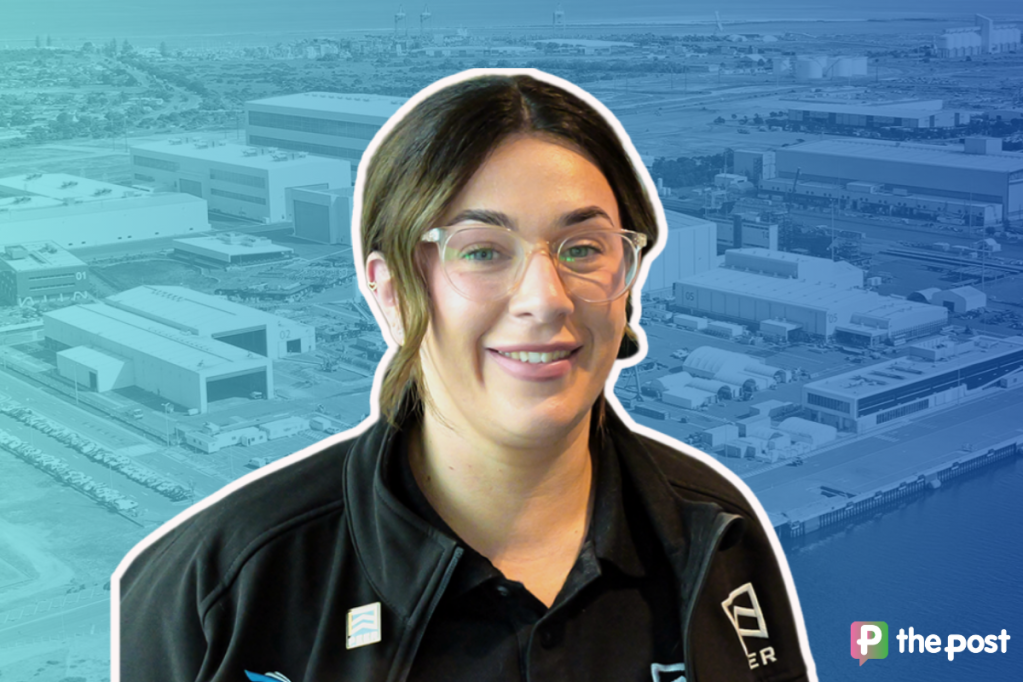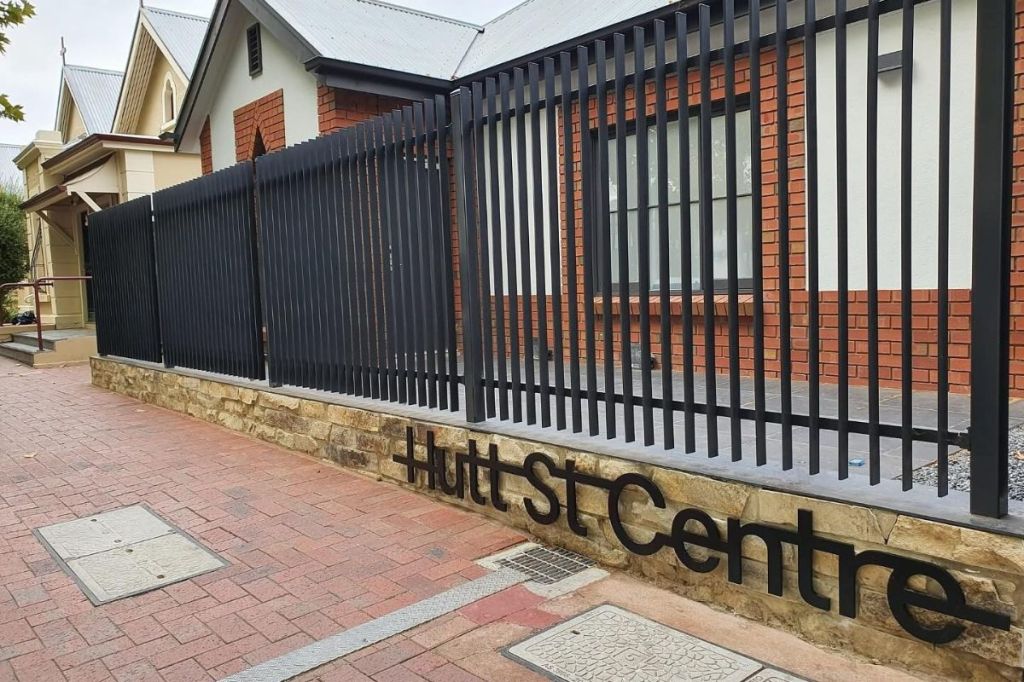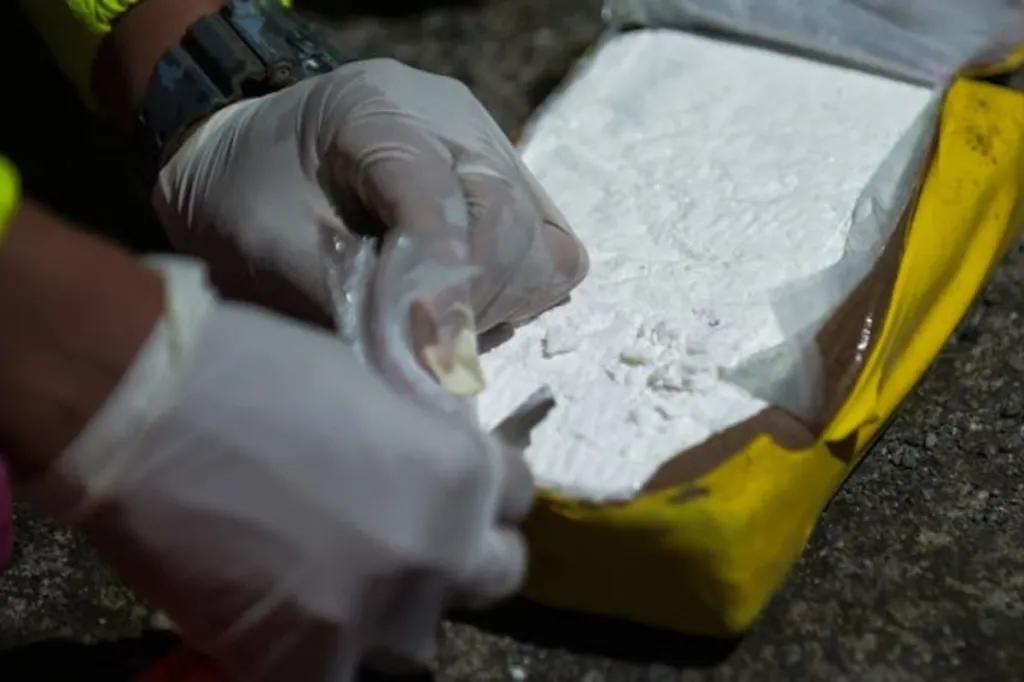Raising creative generations: A vision worth legislating
After the release of the state’s cultural policy this week, Mimi Crowe of Carclew argues that the proposed creative industries bill will make creativity part of our social infrastructure.
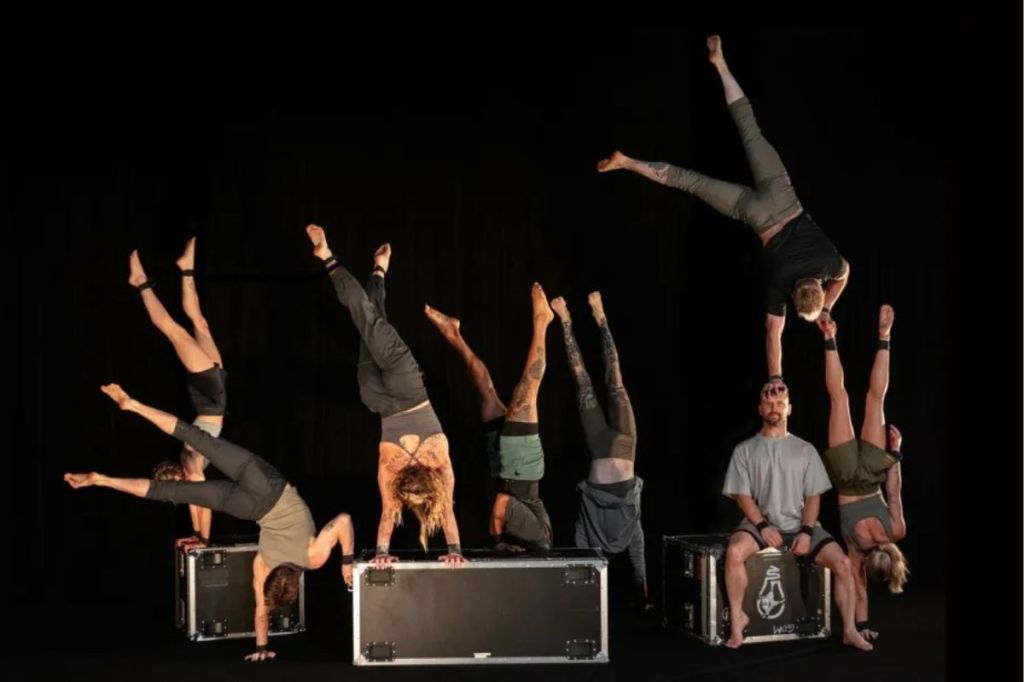
Our state’s first cultural policy – A Place to Create – was released this week and is a clear, shared vision for what creativity can mean for every South Australian. But we haven’t reached the destination yet. To make this vision stick, the next step is to enshrine this policy into law.
Right now, the draft Arts, Culture and Creative Industries Bill 2025 is open for public consultation. And while ‘arts legislation’ might not sound like a community issue, this is what future generations will thank us for.
Because here’s the thing: this isn’t just about artists. This is about all of us.
At youth arts institution Carclew, we see every day what happens when young people are given space to imagine, create and express: confidence grows, connections deepen, futures expand. But too often, access to those creative opportunities depends on postcode, privilege, or luck.
The draft legislation aims to change that. It embeds creativity as a public good, not a private luxury.
The draft legislation sets out a framework for how South Australia supports and values arts, culture and creativity into the future. It establishes guiding principles that recognise cultural participation as a public good, enshrines access and inclusion, particularly for children, young people, regional communities, and First Nations peoples. It formalises the role of the arts in education, health, economic development and reconciliation. Importantly, it signals a shift from short-term thinking to long-term cultural planning, embedding creativity into the core of government decision-making.
You might like
So, why should everyone care?
It’s good for the economy. Creative industries are growth industries. Design, digital media, music, gaming, architecture, festivals – these aren’t fringe gigs. They’re job creators and regional boosters. Every time you go to a gig, see a show, or wander through a market, you are part of a cultural economy that keeps money circulating in local communities.
It’s good for our health. Creativity builds wellbeing. Whether it’s a dance class, choir rehearsal, or a quiet sketch in the park, engaging in the arts reduces anxiety, fosters connection, and helps people of all ages feel more grounded and resilient. It’s mental health care at its core.
It makes learning stick. The research is clear: students who engage in the arts do better across literacy, numeracy and critical thinking. Arts-rich schools aren’t distractions – they’re incubators for tomorrow’s innovators, entrepreneurs and community leaders. This legislation helps ensure every child gets that head start.
It’s about fairness. Right now, arts access isn’t equal. Regional communities, culturally diverse young people, children with disability, and many others face real barriers. This Bill puts equity front and centre. It says that everyone deserves a chance to express, belong, and be inspired.
It future-proofs our state. We’re entering an era where creativity is a future critical skill. As automation and AI transform the workplace, human imagination becomes our greatest asset. This legislation helps ensure South Australia is ready, building a culture where ideas thrive and new thinking is always welcome.
Stay informed, daily
It moves us together towards reconciliation. First Nations cultures are at the heart of South Australia’s identity. This policy and draft Bill recognise the deep creative leadership of Aboriginal and Torres Strait Islander people. It supports truth-telling, cultural care and celebration as a bedrock of our past and a foundation for our future.
And if that’s not enough, there’s this: the United Nations already agrees with us.
Article 13 of the UN Convention on the Rights of the Child declares the right to artistic expression. Article 31 confirms every child’s right to participate freely in cultural life. Countries like Sweden, Norway and Mexico are already writing those rights into law.
So, why not us? Why not now?
Now, I’m a die-hard optimist. Someone who is a firm believer in good policy, but I know some in the arts sector might not yet be singing from the rooftops about this.
I’ve heard concerns that the policy is too broad, the legislation not prescriptive enough, or that we’ve seen bold promises before with little follow-through. These are valid concerns from my colleagues and friends. But let’s not miss the moment to make history that others will thank us for.
This is the first time we’ve had a real chance to anchor cultural value in law – to make creativity part of the state’s DNA. It won’t fix everything overnight, but it gives us a solid foundation to build from. Let’s put our mighty energy, passion and creative minds to making this a truly innovative, nation-leading opportunity for future generations of creative South Australians.
A Place to Create is our roadmap, but roads don’t build themselves. The draft legislation gives us the scaffolding to make creativity part of our social infrastructure, just like education, healthcare and clean water.
Let’s be the state that leads with imagination – where creativity isn’t the exception, it’s the expectation for everyone, especially for the young people who will shape what comes next.
Mimi Crowe is the Chief Executive of Carclew
